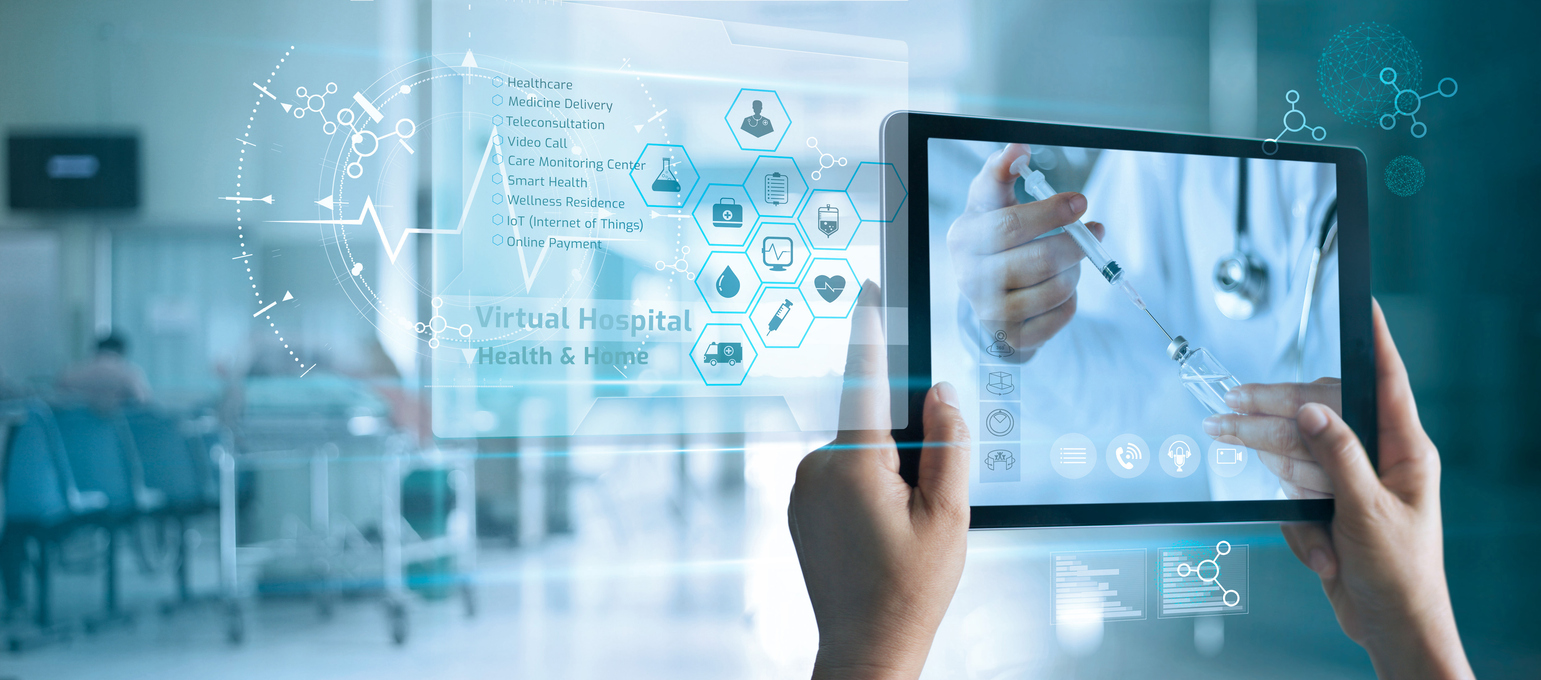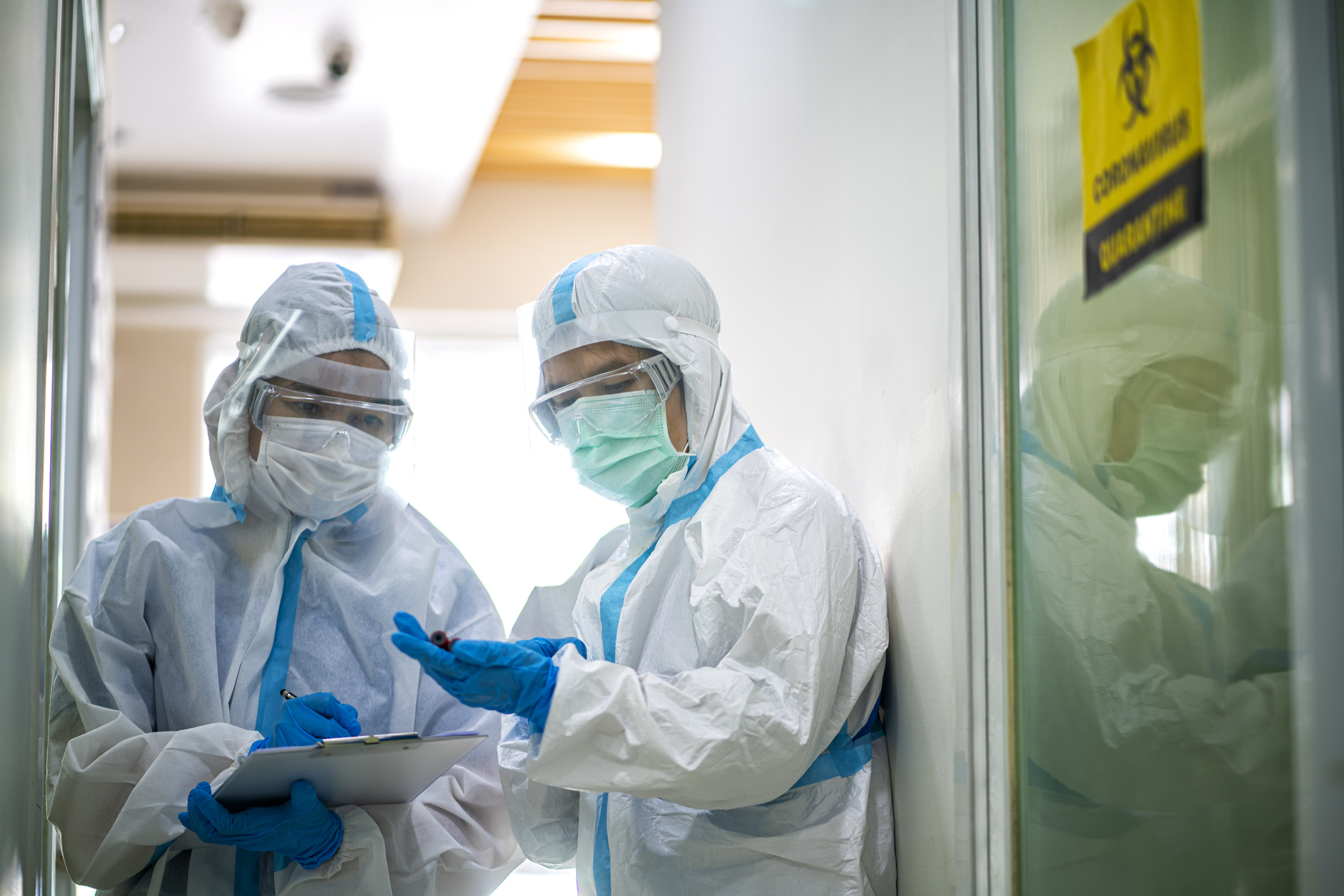5G is not just a tool to help people ‘better stream or download videos quicker,’ it also has significant implications in helping strengthen the capabilities of internet-based products or the Internet of Things (IoT).
5G has been applied in healthcare, this network can open fresh opportunities in technology and digital innovation, robotics and the capability to leverage data analytics at scale.
So what exactly is 5G and why is it critical for the future of healthcare?
What is 5G?
5G is the ‘fifth generation standard’ of mobile telecommunication technology. Currently, smartphones are using the fourth generation or 4G.
The higher in generation, the better download speeds, the lower the latency and the more traffic can happen on that particular network. This means 5G allows for downloads and uploads to be much quicker than its predecessor.
But let's dive a little deeper and see what this means for healthcare.
5G and its application in healthcare
The application of 5G in healthcare has the potential to significantly impact patient clinical and diagnostic outcomes and enhance the collaborative workflow of medical professionals.
According to PWC, the introduction of 5G in healthcare will create the "4P ecosystem". The 4 P's are: predictive, preventative, personalised and participatory.
- Predictive: With a constant flow of data, the new ecosystem will be able to better predict patient outcomes and diagnosis.
- Preventative: Data will be able to show how to prevent an outbreak or how to take preventative actions. A great example is the John Hopkins University COVID-19 tracking map.
- Personalised: With real-time data analysis, medical professionals can tailor a healthcare journey for a patient.
- Participatory: Patients will become more involved in their healthcare journey than ever before. This will be done through IoT and monitoring devices, plus more technologies that haven't been invented yet.
Supporting faster access to larger data files
5G can handle more ‘traffic’ without the latency. ‘Latency’ is the delay time for a computer to download a file. If something is ‘low latency,’ this means the reaction time is quicker and people can access their files quicker.
Now we say "the more traffic," this means more people can be using a network without it lagging. For example, have you ever been in a sports stadium and can't seem to load your social media? With 5G this shouldn't be the case as it has upped its capacity for users in high density areas.
This means 5G enables larger files to be sent quickly without lag. AT&T explains having a high-speed 5G network can assist by quickly and reliably transporting huge data files of medical imagery, which can improve both access to care and the quality of care. At the Austin Cancer Center, the PET scanner generates huge files that are usually up to one gigabyte of information per patient per study.
Internet of Things (IoT), medical devices and real-time monitoring
5G can support far greater and scaled usage of IoT medical devices in healthcare. This has massive potential to revolutionise the industry.
This is because one of the key benefits of 5G technology is it allows us access to these innovations in real time. Until now, the IoT devices were limited to only collect data remotely and then head to some "base station" to download it. A great example is Fitbit. A user will wear the watch all day and then have to download the information accrued throughout the day on the smartphone app.
Hit Consultant explains greater network speeds mean that the demand by patients of “anytime, anywhere” medicine will continue to grow.
Now wearing a Fitbit or an Apple Watch might not seem like a big deal, but it could potentially be life-saving. According to an Accenture study, 65% of consumers and 86% of doctors agree that wearables increase patients’ engagement with their health. This engagement is expected to decrease hospital costs by 16% over the next five years.
As 5G has high capacity and low latency, medical practices and hospitals can offer more remote monitoring. Providers can then be confident that they will receive the data they need in real-time and can provide the care their patients need and expect.
5G, artificial intelligence and diagnostic accuracy
Bringing IoT to the forefront with 5G also allows for higher quality video and imaging. The use of AI means a greater opportunity to detect abnormalities that might be missed by doctors or medical professionals.
It can also determine the best treatment plans and predict postoperative complications. The large amounts of data needed for real-time rapid learning require ultra-reliable and high-bandwidth networks and 5G can make them happen, says Hit Consultant.
AR, VR and Robotics
The expansion of augmented reality (AR) and virtual reality (VR) is already having a major impact on healthcare. 5G is expected to significantly revolutionise the speed, clarity and scale in which AR, VR and holographics can be used in healthcare, which is particularly relevant in enhancing medical and clinical education and training.
At the same time, while remote robotic surgery is already happening, with the introduction of 5G a surgeon could possibly even be in another country performing the procedure. This can have a major impact on not only the doctor’s ability to deliver innovative, less invasive treatments, but also open up opportunities for greater access to healthcare across borders.
Telehealth
According to Telit, 5G technology will enable better remote support of healthcare. The technology will give the patient faster speeds, giving them quality care.
With 5G, healthcare systems can enable mobile networks to handle telemedicine appointments, which can greatly increase the reach of the program.
When healthcare systems utilise this technology, patients can often get treated sooner and have access to specialists otherwise not available. It can also allow doctors and other staff members to collaborate more efficiently.
5G and Clinic to Cloud
At Clinic to Cloud we have been working for quite some time on the integration with devices, but until now, like many health innovators, have been limited in integration with medical devices.
With the beginning of the 5G revolution, we can extend that and open the doors to a new world. This means we can revolutionise the type of analysis we do and the type of data we collect.
If we can do this with the right strategic approach, we can provide a myriad of tools for doctors and medical professionals.
5G will help Clinic to Cloud because we have such a deep focus on the patient - and one of the tools is the mobile app. It's fair to say that more and more people use their mobiles, instead of a computer.
We believe that eventually, more people will use their mobile than their desktop and mobile apps will be the go-to rather than desktop.
Ultimately, a better connection for a user's device will enable greater ability to transmit data in a faster way, and a better experience for the user.
For us, it's important because we are moving towards being more patient-centric and we are trying to empower the patient.
The circumstances of the past year have demanded a focus on using technology to overcome the challenges of living through a pandemic, but we see so many possibilities with 5G technology and we are really excited for future developments that will embrace the enhancements it can offer, creating new and better ways of connecting patients and doctors.
To find out more about Clinic to Cloud’s innovative solutions click here or contact us today for a personalised demo.
.jpg)


